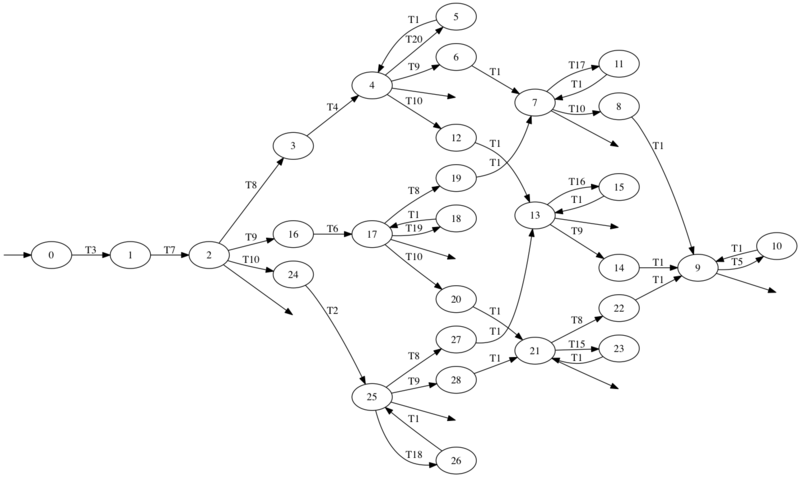Efficient dynamic type checking of heterogeneous sequences
From LRDE
- Authors
- Jim Newton
- Place
- Paris, France
- Type
- techreport
- Projects
- Climb
- Keywords
- Rational languages, typechecking, finite automata
- Date
- 2016-02-22
Abstract
This report provides detailed background of our development of the rational type expression, concrete syntax, regular type expression, and a Common Lisp implementation which allows the programmer to declarative express the types of heterogeneous sequences in a way which is natural in the Common Lisp language. We present a brief theoretical background in rational language theory, which facilitates the development of rational type expressionsin particular the use of the Brzozowski derivative and deterministic automata to arrive at a solution which can match a sequence in linear time. We illustrate the concept with several motivating examples, and finally explain many details of its implementation.
Documents
Efficient Dynamic Type-checking of Heterogeneous Sequences
Authors
Jim Newton, Akim Demaille, Didier Verna
Article submitted to ELS 9 2016
ELS 2016 Article Presentation Slides
Project Report
Source code
You may download the source code from LRDE gitlab mirror
Bibtex (lrde.bib)
@TechReport{ newton.16.rte.report,
author = {Jim Newton},
title = {Efficient dynamic type checking of heterogeneous
sequences},
institution = {LRDE},
year = 2016,
number = {2005D002},
address = {Paris, France},
month = feb,
annote = {This technical report corresponds to the publication
newton.16.edtchs},
abstract = { This report provides detailed background of our
development of the rational type expression, concrete
syntax, regular type expression, and a Common Lisp
implementation which allows the programmer to declarative
express the types of heterogeneous sequences in a way which
is natural in the Common Lisp language. We present a brief
theoretical background in rational language theory, which
facilitates the development of rational type expressions,
in particular the use of the Brzozowski derivative and
deterministic automata to arrive at a solution which can
match a sequence in linear time. We illustrate the concept
with several motivating examples, and finally explain many
details of its implementation. }
}

